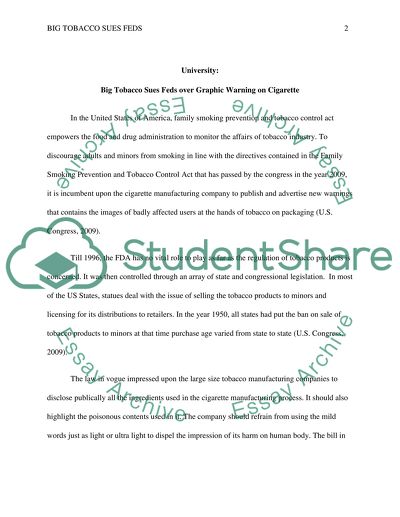Cite this document
(“Big Tobacco Sues Feds over Graphic Warnings on Cigarette Labels Research Paper”, n.d.)
Retrieved de https://studentshare.org/law/1391655-big-tobacco-sues-feds-over-graphic-warnings-on
Retrieved de https://studentshare.org/law/1391655-big-tobacco-sues-feds-over-graphic-warnings-on
(Big Tobacco Sues Feds over Graphic Warnings on Cigarette Labels Research Paper)
https://studentshare.org/law/1391655-big-tobacco-sues-feds-over-graphic-warnings-on.
https://studentshare.org/law/1391655-big-tobacco-sues-feds-over-graphic-warnings-on.
“Big Tobacco Sues Feds over Graphic Warnings on Cigarette Labels Research Paper”, n.d. https://studentshare.org/law/1391655-big-tobacco-sues-feds-over-graphic-warnings-on.


